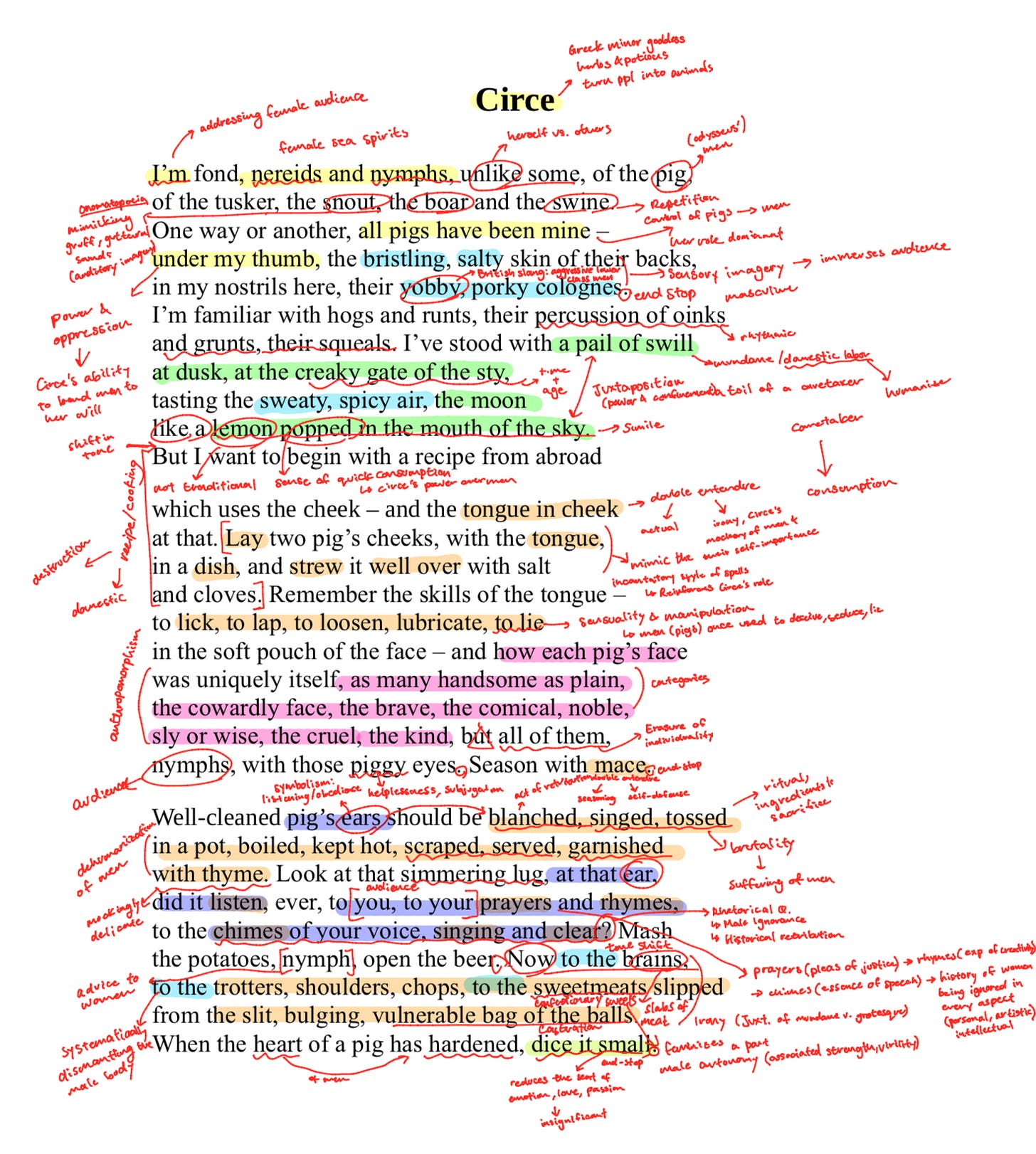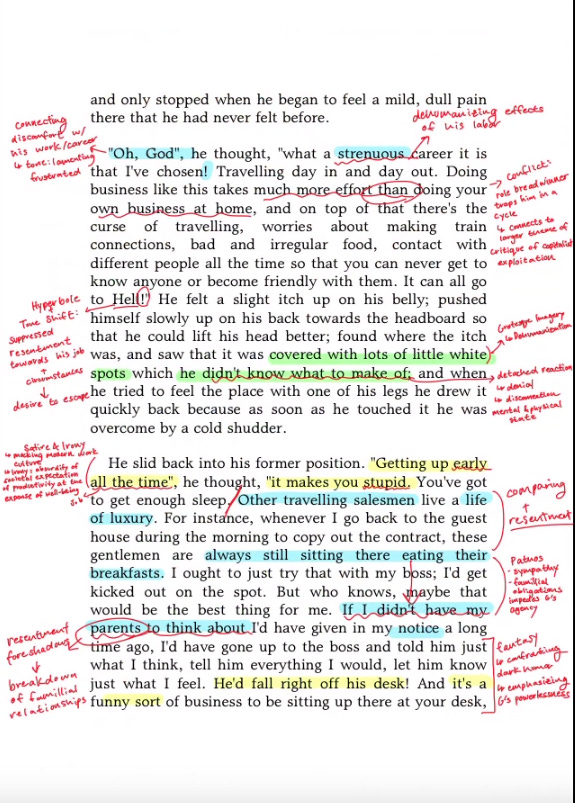Hey guys, it’s been a while since I last wrote. Work has been nonstop, and after two weeks of overtime, I finally have a moment to catch my breath. It’s been one of those stretches where the days blur together—long hours, late nights, and barely enough time to keep up with anything outside of work.
I always tell myself that once things slow down, I’ll get back to writing, reading, or just having a normal routine again. But the reality is that life rarely gives you that perfect window of free time. You just have to make space for the things that matter, even when everything else feels overwhelming.
So, here I am—finally sitting down to write again. No grand plan, no perfect timing, just a small step toward doing something I enjoy.
Have you ever read a page, only to realize you remember nothing? That’s where annotations come in, not just as mindless margin notes, but as an active way to engage, analyze, and retain what you read. Whether you're breaking down a dense textbook, decoding the hidden themes of a novel, or preparing for an exam, mastering annotation techniques can elevate your reading experience. Think of it as turning passive reading into a conversation—one where you question, challenge, and connect ideas like never before. Let’s explore how to make annotations work for you!
1. Create Your Own Annotation Code
Forget generic highlighting—make your annotations work for you by developing a system that reflects how you think. Try using:
Symbols (? for confusion, ! for big ideas, → for connections, 💡 for insights)
Color Coding to categorize information efficiently:
Yellow – Key themes and main ideas
Blue – Literary devices, stylistic techniques, or arguments
Green – Supporting evidence and important details
Red – Contradictions, counterarguments, or points to question
Shorthand Notes (jot down quick thoughts rather than full sentences to keep things efficient)
A strong system makes it easy to revisit your notes and instantly grasp key takeaways.
2. Go Beyond Highlighting—Engage With the Text
Highlighting everything is like underlining every word—it defeats the purpose! Instead, focus on:
Main ideas – What is the author really trying to say?
Supporting evidence – What key examples or arguments back up the main point?
Contradictions or tone shifts – Is the author presenting multiple perspectives?
Personal responses – Do you agree, disagree, or have questions?
Make your annotations an interactive dialogue with the text, not just a passive exercise.
3. Ask Smart Questions and Draw Connections
Annotations should push you to think critically. Challenge yourself with:
Why does this matter?
How does this connect to something else I’ve read or experienced?
What might happen next? (for fiction)
What’s missing or could be argued differently?
Making connections between texts, real-world events, or personal experiences keeps your reading dynamic and memorable.
4. Summarize in Your Own Words
After reading a section, test your understanding by quickly jotting down a one-sentence summary in the margins or a separate notebook. This helps you:
Reinforce comprehension
Identify gaps in understanding
Quickly recall important details for discussions or essays
If you can explain it simply, you’ve truly understood it!
5. Use Tech to Your Advantage
Digital tools can supercharge your annotation process. Try:
PDF readers with highlighting and comments (Adobe Acrobat, Preview, etc.)
Note-taking apps (Evernote, Notion, OneNote) to organize annotations
Collaborative tools (Hypothesis, Google Docs) for shared annotation projects
Audiobook notes (use voice memos or text notes to capture insights on the go)
Use the medium that best fits your workflow!
6. Revisit and Refine Your Annotations
Annotations are most powerful when they evolve with your understanding. Regularly:
Reread and reflect on your notes
Refine insights by categorizing key points or summarizing themes
Adjust your method based on what’s most effective for your learning style
A well-annotated text isn’t just a collection of notes—it’s a map of your thought process, a record of your intellectual growth.
7. Types of Content That Benefit from Annotations
Not every text requires the same annotation approach. Here are key content types that particularly benefit from annotation:
Academic Texts – Identify thesis statements, supporting arguments, and counterpoints.
Fiction & Literature – Track character development, themes, motifs, and literary devices.
Legal Documents – Mark key clauses, legal precedents, and arguments.
Scientific Papers – Highlight methodologies, hypotheses, data trends, and conclusions.
Philosophical & Theoretical Works – Identify fundamental concepts, assumptions, and logical structures.
News Articles & Editorials – Annotate bias, persuasive techniques, and factual claims.
Adapting your annotation method based on the type of content ensures a more efficient and insightful reading process.
Mastering annotation isn’t about perfection—it’s about engagement. The more actively you interact with a text, the more you’ll remember, analyze, and truly understand it. Whether you're dissecting a dense academic paper, analyzing a novel, or preparing for a debate, strong annotations will sharpen your thinking.





We are teaching our seniors the importance of annotating, today. I want to share this with them :)
I love picture annotations too :)